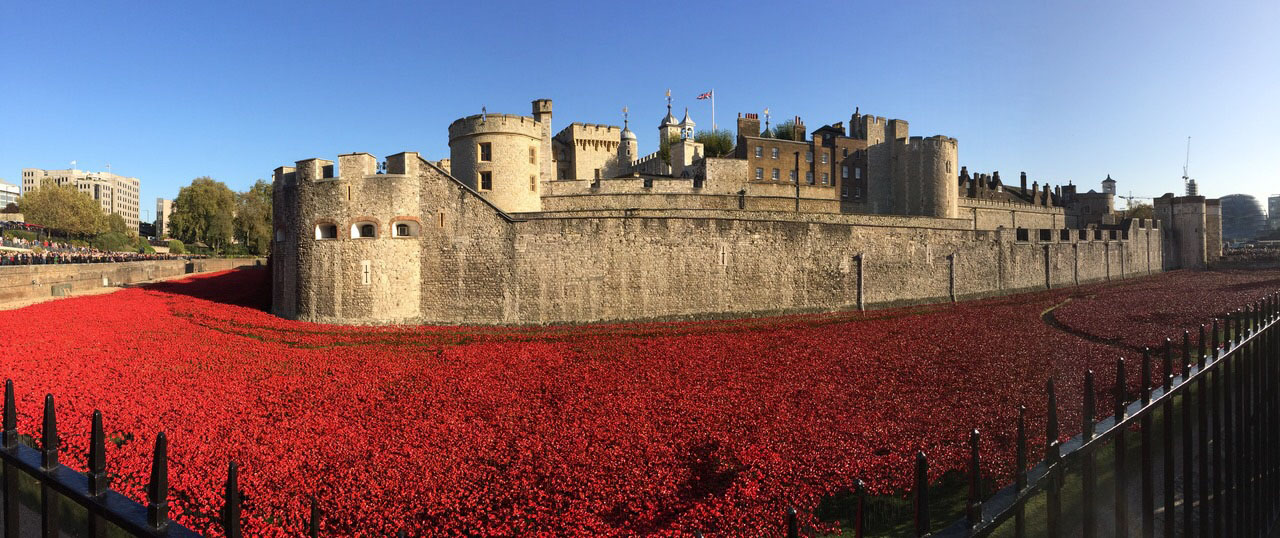
Let us not forget The Unknown Warrior
 The Reverend David Railton is credited with having the idea of honouring the unidentified dead of the Great War. He was a Chaplain at the front when in 1916 he saw a grave in the garden of Armentieres which had a crude cross bearing the inscription’ An unknown British Soldier’. This left a lasting impression upon him and in 1920 he proposed that Britain acknowledge its unknown war dead.
The Reverend David Railton is credited with having the idea of honouring the unidentified dead of the Great War. He was a Chaplain at the front when in 1916 he saw a grave in the garden of Armentieres which had a crude cross bearing the inscription’ An unknown British Soldier’. This left a lasting impression upon him and in 1920 he proposed that Britain acknowledge its unknown war dead.
The authorities accepted his proposal and between four and six unknown bodies were subsequently exhumed from the battle areas of Aisne, the Somme, Arras and Ypres. With great reverence they were conveyed, each draped with the Flag of the Union, to the Chapel at St Pol. Here one was randomly selected by the Commander of British Forces in France and Flanders, Brigadier General L J Wyatt. The body was placed in a sealed coffin, made of oak from Hampton Court, and transported to Dover on HMS Verdun. On the morning of 11th November 1920, the second anniversary of Armistice Day, the Unknown Warrior was drawn on a gun carriage through streets crowded with those paying their respects to the Cenotaph. Here King George V placed a wreath on the coffin. At 11.00am the nation observed a Two Minutes silence. The Unknown Warrior was then taken to Westminster Abbey and buried at the west end of the nave. The grave contains soil from France and is covered by a slab of black Belgian marble. Inscribed on the marble are the following words:
‘They buried him among the Kings because he had done good toward God and toward his house’
2 Chronicles 24:16
It is estimated that within a week 1,250,000 people had filed past the Unknown Warrior to pay tributes to all the unidentified war dead. This grave is never walked upon.

At our Services of Remembrance it is now customary to quote from The "Ode of Remembrance". This is taken from Laurence Binyon's poem, "For the Fallen", first published in The Times in September 1914. The poem has seven stanzas and over time just one is now given as a tribute to all casualties of war, regardless of State.
Age shall not weary them, nor the years condemn.
At the going down of the sun and in the morning,
We will remember them.
We also acknowledge Remembrance Day with the red Poppy that grew with such abundance in Flanders. To mark the 100th Anniversary of the commencement of hostilities ceramic Poppies are being planted in the Moat of the Tower of London. By Remembrance Sunday there will be a total of 888,246 ceramic poppies in the moat. This will represent all the British and Commonwealth fatalities during the First World War. These ceramic poppies will later be sold individually to the public, to raise money for the six armed forces charities.
On Sunday, 9th November 2014, let us not forget.

